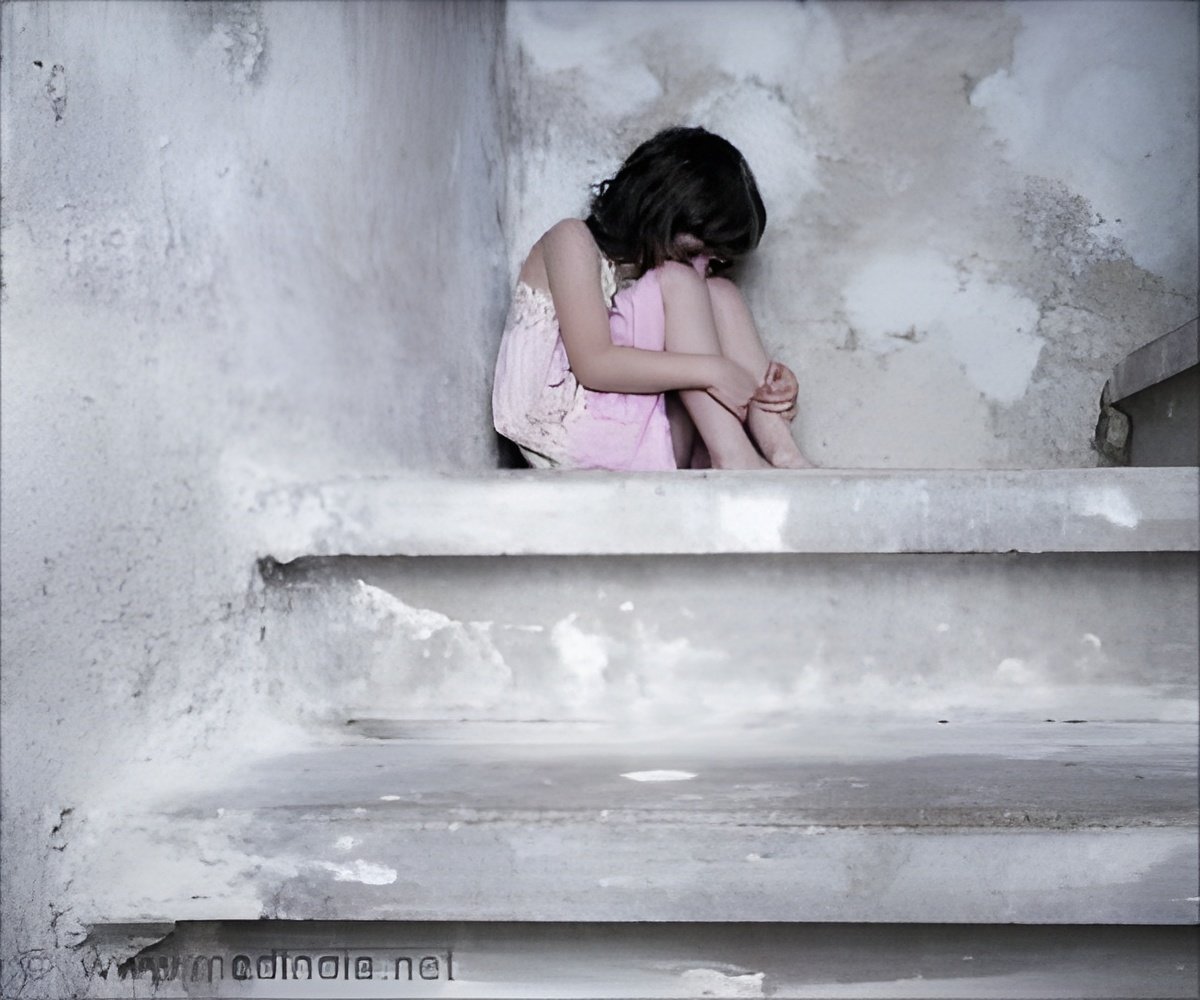Every second child in India had been a victim of some form of abuse. Worse still, more than 50% of the children had been subjected to sexual abuse of different kinds.

- Herbert Ward
Child Abuse-The Bitter Truth Little Sana was home alone, happy in her imaginative world of fairies and angels, while her mom eked out a living in a neighborhood household. A knock on the door jolted her out of her joyous reverie. She hastened to answer the door bell. The man, her uncle, was a devil in disguise. He locked the door and raped her repeatedly.
It was yet another day in Suresh’s life. As he dressed for school, he had no idea what awaited him. When he made trivial mistakes in his class, his teacher beat him black and blue. The boy was so physically abused that he needed medical help and psychiatric counseling.
All of 10 years, and a small frame, Priya worked like a well - oiled machine. She worked as a house-maid in an affluent home from dawn to dusk virtually with no rest and measly pay. At the time when she should have been in school, she was helping her parents to make ends meet. She had three younger siblings who depended on her income for sustenance.
These were real reports on helpless children in India, caught in the vortex of adult perverse behavior. Child abuse can take any form - physical, sexual and emotional. To illustrate the magnitude of child abuse in a country so vastly populated, a unique survey was conducted in India by the NGO group PRAYAS, along with UNICEF and save the children.
India Awakens to the Plight of Abused Children
Union Minister for Child, Women and Development, released the first exhaustive study on ‘child abuse and neglect’ in India, titled - Child Abuse, India 2007. The study was undertaken to gauge the extent of child exploitation in India. This report has established the gory plight of many children, constantly facing abuse of some form in many states in India.
Every second child in India had been a victim of some form of abuse. Worse still, more than 50% of the children had been subjected to sexual abuse of different kinds. The Indian states that reported the highest cases of child abuse were Andhra Pradesh, Bihar, Assam and Delhi, in that order. The survey also revealed, the perpetrators of 50% of the child abuse cases were well known to the victims. Almost all children failed to bring it to the notice of elders. The risk was equal for both boys and girls. Infact, out of the 69% of physically abused children, 54% happened to be boys.
Evidently, child abuse has repercussions that last a lifetime. Many victims of child abuse undergo trauma, and anxiety. Many suffer from deep-rooted complexes and may face severe learning difficulties.
Effective child abuse prevention must be woven into the fabric of our communities—into the structure of our schools, hospitals, places of work, communities of faith, and childcare facilities. Prevent Child Abuse North Carolina is leading the effort to prevent abuse before it happens by developing family-oriented, community-based prevention, awareness, education, and training programs.
Child Safety – A National Priority
Protecting children from violence, exploitation and abuse should form the core of child safety approaches. According to the UNICEF, it is imperative to offer a protective environment for children. The home, school and other places where children interact with adults should be danger proof. To ensure this, we need to emulate world-wide best practices in child protection. Experts in the field, the government, and child support groups should put their heads together to find a solution.
The government on its part will do good to add more teeth to existing laws and policies on child abuse. Today, child abuse is not liable for criminal conviction unless it is rape. Legal implications need to be crystal clear - laws pertaining to child abuse need to be drafted appropriately. Finally, empowering children with knowledge, and offering invaluable security and support both at home and outside would gradually obliterate the scourge.
Source-Medindia







